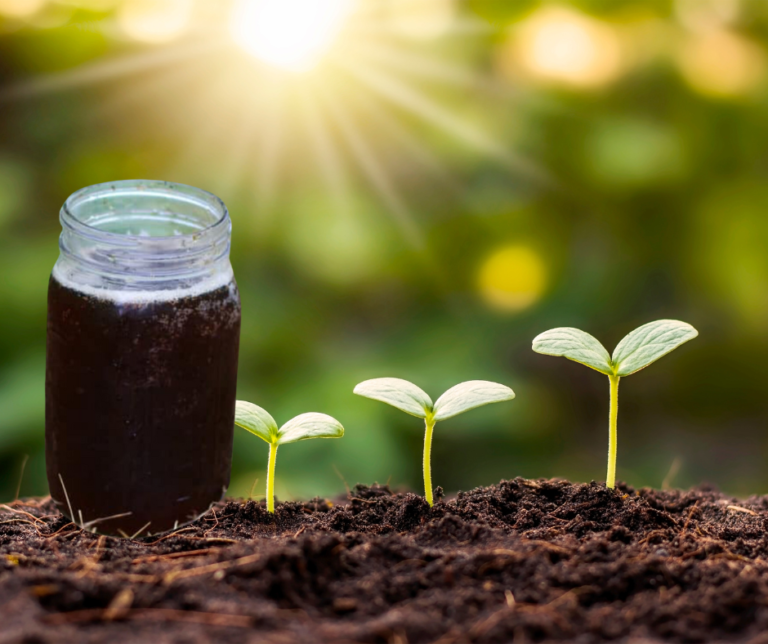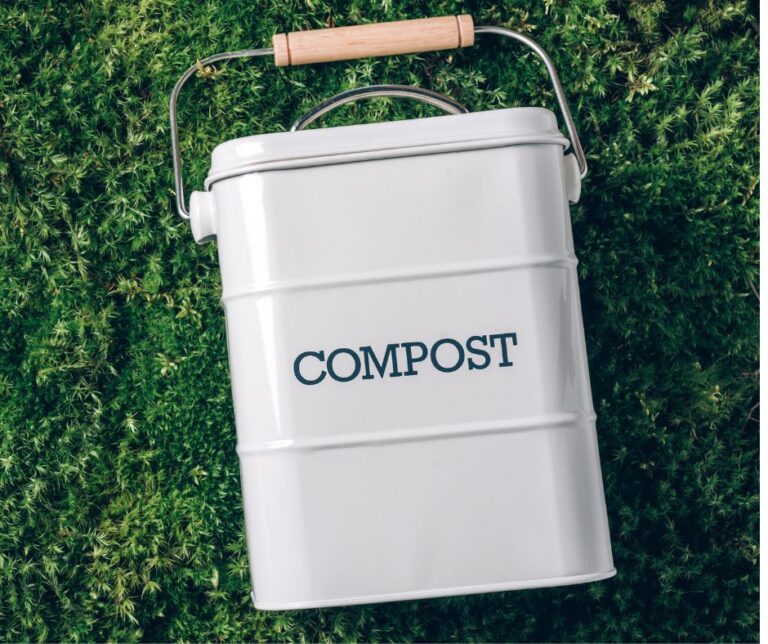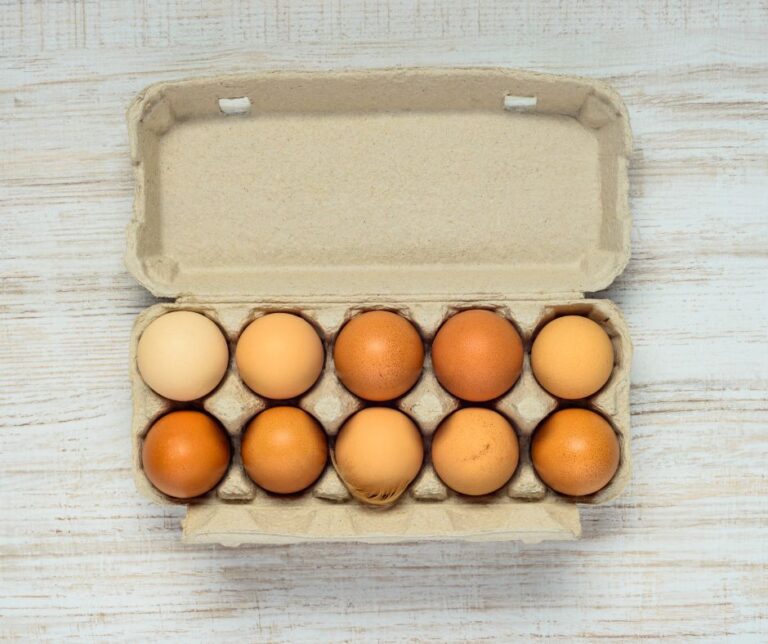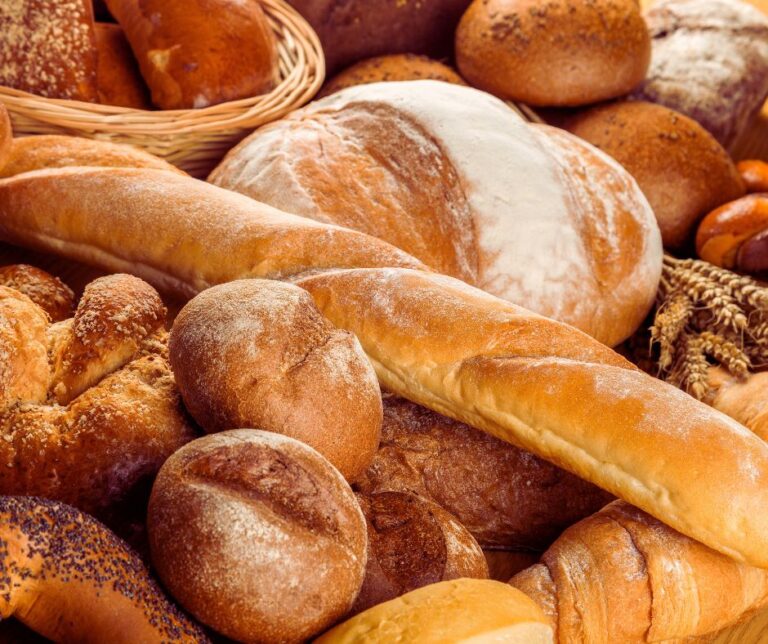Composting in the Winter: Myth or Magic?
Are you wondering how to maintain your compost pile during the colder winter months? Fear not, because in this article, you will discover some essential tips to help you successfully compost in winter. With the drop in temperature, composting may seem like a daunting task, but by following these simple guidelines, you can ensure that your compost pile remains healthy and productive even when the snow starts to fall. Snowflakes and frost may be beautiful, but they don’t have to put a halt to your composting efforts. So, let’s dive into the world of composting in the winter and learn how to keep those organic materials breaking down all season long.
The Basics of Composting

Definition of composting
Composting is the process of breaking down organic materials, such as food scraps, yard waste, and fallen leaves, into nutrient-rich soil. It is a natural and sustainable way to manage waste and improve soil health. Through the action of microorganisms, composting transforms organic matter into humus, a dark, crumbly substance that can be used as a fertilizer in gardens, lawns, and potted plants.
Benefits of composting
Composting offers numerous benefits for both the environment and gardeners alike. Firstly, it helps reduce the amount of organic waste that ends up in landfills, reducing methane emissions and mitigating climate change. Additionally, compost enriches the soil by improving its structure, water retention, and nutrient content, leading to healthier and more productive plants. By composting at home, you are also able to save money on synthetic fertilizers and contribute to the overall health of your garden ecosystem.
Different methods of composting
There are several methods of composting, each with its own advantages and considerations. Traditional backyard composting involves creating a pile or bin where organic materials can decompose naturally over time. Vermicomposting, on the other hand, utilizes worms to accelerate the composting process. This method is ideal for those with limited space or who want to compost indoors. Another technique is sheet composting, also known as lasagna gardening, which involves layering organic materials directly onto your garden beds. This method is particularly useful for preparing the soil for planting in the spring.
The Challenges of Winter Composting

Temperature drops and their effects on compost
One of the primary challenges of winter composting is the drop in temperature. Cold temperatures slow down the decomposition process, as the microorganisms responsible for breaking down the organic matter become less active. This can result in a significantly longer composting period and potentially incomplete decomposition of materials.
Reduced biological activity
In winter, the activity of microorganisms that drive the composting process decreases significantly. The cold temperatures slow down the metabolism of these organisms, causing a decline in their population. As a result, the composting process is slower and less efficient during the winter months. It is essential to address this challenge with appropriate strategies to maintain an active compost pile.
Issues with moisture and aeration
Winter precipitation and snowfall can lead to excessive moisture in the compost pile. Excess moisture inhibits the flow of oxygen, creating anaerobic conditions that are unfavorable for the decomposition process. Additionally, low temperatures can cause water to freeze, further impeding proper aeration. It is crucial to find a balance between moisture and aeration to ensure effective composting throughout the winter.
Preparation for Winter Composting

Choosing an appropriate compost bin or system
Before winter arrives, it is important to choose an appropriate compost bin or system that suits your needs. There are various options available, including enclosed plastic bins, open-air wire mesh bins, and compost tumbler systems.
Consider factors such as the volume of compost you generate, available space, and personal preferences when selecting a composting system.
Location considerations
Selecting the right location for your winter compost pile can significantly impact its success. Place the compost bin or pile in an area that receives ample sunlight and is protected from harsh winter winds.
Sunlight helps to keep the compost warm and aids in the decomposition process. Additionally, ensure that the location is easily accessible, especially when adding materials or monitoring the compost pile.
Accumulating compost materials
To ensure a continual supply of compost materials throughout the winter, it is essential to start accumulating a sufficient amount before the cold weather arrives.
Collect kitchen scraps such as fruit and vegetable peels, coffee grounds, and eggshells. Additionally, include yard waste such as dried leaves, small branches, and plant trimmings. By stockpiling these materials in advance, you can maintain a healthy compost pile during the winter months.
Compost Materials Suitable for Winter

Use of kitchen scraps
Kitchen scraps provide an excellent source of nitrogen for the compost pile. During the winter, these materials can be collected in a compost bucket placed conveniently in your kitchen. Include items such as fruit and vegetable scraps, coffee grounds, tea bags, and crushed eggshells. Avoid using meat, dairy, or oily food products, as they can attract pests and slow down the composting process.
Including yard waste
Yard waste, such as fallen leaves, small branches, and plant trimmings, can add crucial carbon to the compost pile. During the winter, fallen leaves are abundant and provide an excellent source of dry matter for the compost. Shred or mulch the leaves to speed up the decomposition process. Avoid using diseased or pest-infested plant material in the compost to prevent the spread of pathogens.
Contribution of fallen leaves
Fallen leaves are an abundant resource during winter and can significantly contribute to the compost pile. Collect leaves from your yard or neighborhood and add them to the compost. Shredding or mulching the leaves will help them decompose faster. The high carbon content in leaves balances the nitrogen-rich kitchen scraps, creating a well-rounded compost mixture.
Maintaining the Compost Pile in Winter
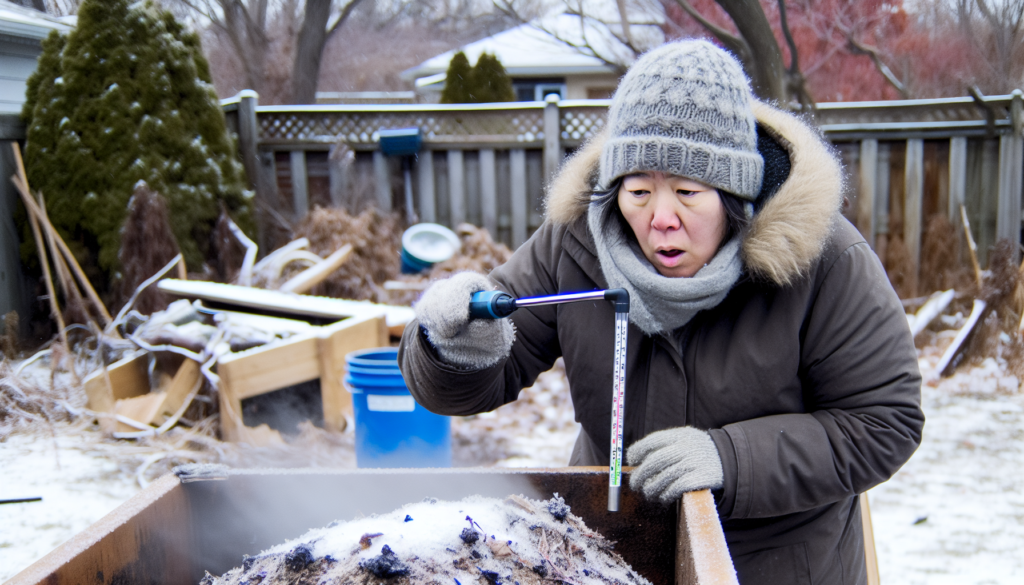
Monitoring moisture levels
Monitoring moisture levels in the compost pile is crucial during the winter months. Excessive moisture can lead to anaerobic conditions and slow down the decomposition process, while insufficient moisture can impede microbial activity. Aim for a damp sponge-like consistency.
Regulating compost temperature
Maintaining an optimal temperature within the compost pile is important for facilitating microbial activity. In winter, it may be necessary to insulate the pile to maintain sufficient warmth. Regularly monitor the temperature using a compost thermometer.
Incorporating aeration techniques
Proper aeration is essential to prevent anaerobic conditions and promote the growth of beneficial microorganisms. In winter, the compost pile can become compacted and lack airflow.
Regularly turning the pile or using a compost aerator can help introduce oxygen and maintain the aerobic conditions necessary for decomposition. Aeration also helps to distribute heat evenly throughout the pile, aiding in the composting process.
Using Insulation for Winter Composting

Types of insulation materials
Insulation plays a vital role in maintaining the temperature of the compost pile during winter. There are various insulation materials you can use, such as straw, hay, wood chips, shredded newspaper, and even old blankets or rugs. These materials create a barrier that helps retain heat and provide insulation against the cold temperatures.
Proper way to insulate compost pile
To insulate the compost pile effectively, start by creating a thick layer of insulation materials around the sides and top of the pile. This layer should be at least several inches thick to provide adequate insulation. Ensure that the insulation completely covers the pile, leaving no exposed areas.
Benefits of adequate insulation
Proper insulation offers several benefits for winter composting. Firstly, it helps retain the heat produced by microbial activity, allowing decomposition to continue even in colder temperatures. Insulation also helps protect the compost pile from extreme temperature fluctuations, which can disrupt the microbial communities.
By maintaining a consistent temperature, insulation promotes the efficient breakdown of organic materials.
Winter Composting Techniques
Implementation of hot composting
Hot composting is a technique that utilizes high temperatures to accelerate the composting process. During winter, when the ambient temperature is low, hot composting can provide the necessary warmth for decomposition.
To implement hot composting, ensure you have a sufficient volume of compost materials. Your pile size should be at least 3 feet x 3 feet x 3 feet in order for the compost pile to retain heat effectively and minimizes the risk of freezing too quickly. This also helps to maintain the pile at a temperature range of 135-160°F (57-71°C).
Use of worm composting or vermicomposting
Worm composting, also known as vermicomposting, is a valuable technique for composting during winter. Red worms, such as Eisenia fetida, can thrive in indoor or outdoor worm bins and efficiently decompose organic waste.
Vermicomposting generates heat through the microbial activity of the worms, creating a conducive environment for composting even in cold weather.
Practicing sheet composting or lasagna gardening
Sheet composting, commonly referred to as lasagna gardening, is an alternative method for composting during winter. Instead of creating a traditional compost pile, organic materials are layered directly on top of the garden beds. This allows for a gradual breakdown of materials over time, providing nutrients to the soil and preparing it for spring planting. Layer materials such as kitchen scraps, leaves, grass clippings, and shredded paper to create a nutrient-rich soil amendment.
Troubleshooting Common Winter Composting Problems

Addressing the issue of pile freezing
In cold climates, compost piles are prone to freezing, which can halt the composting process. To address this issue, consider relocating the compost pile to a more protected area, such as near a building or against a south-facing wall. Insulation materials, such as straw or wood chips, can be added to the surrounding area to provide additional protection against freezing temperatures. Regularly monitor the temperature and adjust the insulation as needed.
Solving problems with insufficient decomposition
If you notice that your compost pile is not decomposing as quickly as desired during winter, there are several steps you can take to encourage decomposition. Firstly, ensure that the pile has a balanced ratio of green and brown materials. Adjust the carbon-to-nitrogen ratio by adding more dry carbon-rich materials, such as dried leaves or shredded newspaper. Regularly turn the pile to introduce oxygen and promote microbial activity.
Methods to increase compost heat
If your compost pile is struggling to generate sufficient heat during winter, there are several strategies you can employ to increase the temperature. Ensure that the pile is adequately insulated to retain heat. Consider adding high-nitrogen materials, such as fresh grass clippings or manure, which can raise the internal temperature. Additionally, regular turning and aeration can help distribute warmth throughout the pile.
Harvesting and Using Winter Compost

Appropriate time for compost harvest
Winter compost may take longer to fully decompose than compost produced during other seasons. While decomposition will continue throughout the winter, it is advisable to wait until early spring to harvest your winter compost. By this time, the compost should have had ample time to break down, resulting in a nutrient-rich and stable finished product.
Ways to utilize winter compost
Winter compost can be utilized in various ways to enhance the health and productivity of your garden. Mix the compost into garden beds to enrich the soil, improve its structure, and provide a steady release of nutrients to plants.
Use the compost as a top dressing for lawns to promote healthy grass growth. It can also be used as a potting mix for container plants or as a component in homemade seed-starting mixes.
Testing compost for readiness
Before using your winter compost, it is crucial to ensure that it is fully decomposed and ready for application. Perform a simple readiness test by visually inspecting the compost. It should have a dark, crumbly texture, with no recognizable traces of the original materials.
Additionally, you can conduct a germination test by planting a few seeds in a small container filled with the compost. If the seeds germinate and grow well, this indicates that the compost is ready to use.
The Environmental Impact of Winter Composting

Reducing household waste during winter
Winter composting allows you to reduce the amount of organic waste that would otherwise end up in landfills. By composting kitchen scraps and yard waste, you can divert this material from the waste stream and contribute to a more sustainable environment. This reduces the methane emissions associated with decomposing organic waste in landfills, which is a significant contributor to climate change.
Contribution to soil health and garden productivity
Winter composting has a profound impact on soil health and garden productivity. By adding compost to your garden, you enhance the soil’s ability to retain moisture, improving drought resistance.
Compost also enhances the soil structure, promoting better root development and nutrient uptake by plants. The increased organic matter and beneficial microorganisms in compost contribute to the overall health and fertility of the soil.
Promotion of nutrient recycling and natural pest control
Composting during winter allows for the recycling of nutrients. Instead of relying on synthetic fertilizers, composting reintroduces these nutrients back into the soil in a natural and sustainable way.
Furthermore, composting promotes natural pest control by creating a diverse and balanced ecosystem in the garden. Beneficial insects and microorganisms thrive in healthy soil enriched with compost, helping to control pests and reduce the need for chemical pesticides.
Summary
By understanding the basics, challenges, and techniques of winter composting, you can continue composting throughout the year and reap the numerous benefits it offers. From reducing waste to improving soil health and supporting sustainable gardening practices, winter composting is a rewarding and environmentally-friendly activity that you can engage in year-round. So bundle up, gather your compost materials, and get ready to create nutrient-rich compost even during the coldest months of the year!
Frequently Asked Questions





